Fantasy Land
“a bird in the hand is worth two in the bush” - Aesop’s Fables
Aesop’s fables taught us that “a bird in the hand is worth two in the bush”.
Austin’s latest blog warns that today’s markets have become a fantasyland, where investors chase hype—meme coins, bloated tech stocks, and accounting smoke screens—while ignoring risk and reality. When the illusion shatters, he says, many will learn too late that a bird in the hand really was worth two in the bush.
Read the full article on the Aurora Asset Management blog.

